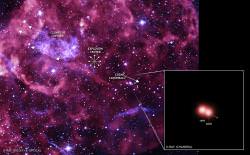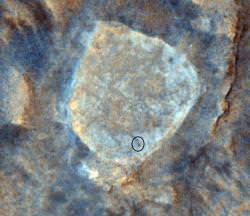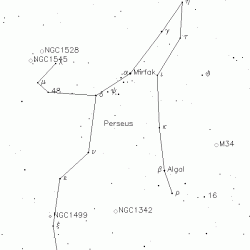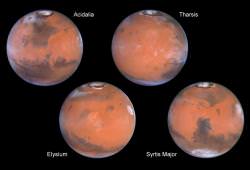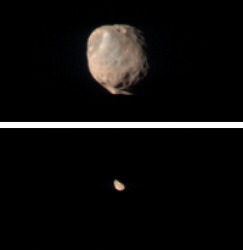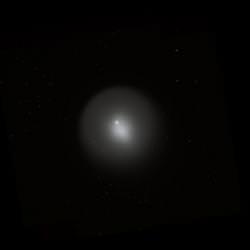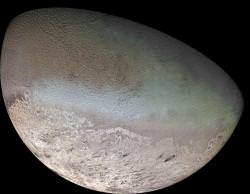Like a baseball struck by a bat, there’s a neutron star out there that’s going, going, gone. Discovered using the Chandra X-Ray Observatory, the neutron star appears to be the result of a lopsided supernova explosion. It’s now hurtling away from the Milky Way faster than 4.8 million km/h (3 million mph). And it’s never coming back.
Astronomers think that the Puppis A supernova remnant was created about 3,700 years ago when a massive star detonated in a supernova explosion. Instead of exploding evenly, it was one-sided. A blast of material went in one direction, and the resulting neutron star was given a powerful kick in the opposite direction – like a natural rocket.
The neutron star’s position was measured in December 1999, and then again in April 2005. Based on the distance that it had moved, astronomers were able to calculate its velocity. With that kind of speed, it should be easy to spot, but it’s so far away that the difference is quite tiny from our vantage point. It’s impressive that Chandra was able to make the observation at all.
A detailed composite optical/X-ray image of the region near the neutron star shows clumps of oxygen drifting away from what is thought to be the centre of the explosion. The cloud is moving in the opposite direction of the neutron star.
The Puppis A neutron star is a bit of a mystery. Even the most sophisticated supernova explosion models can’t predict the speed and radiation coming from the neutron star.
“The problem with discovering this cosmic cannonball is we aren’t sure how to make the cannon powerful enough.” said Frank Winkler of Middlebury College in Vermont. “The high speed might be explained by an unusually energetic explosion, but the models are complicated and hard to apply to real explosions.”
Original Source: Chandra News Release

